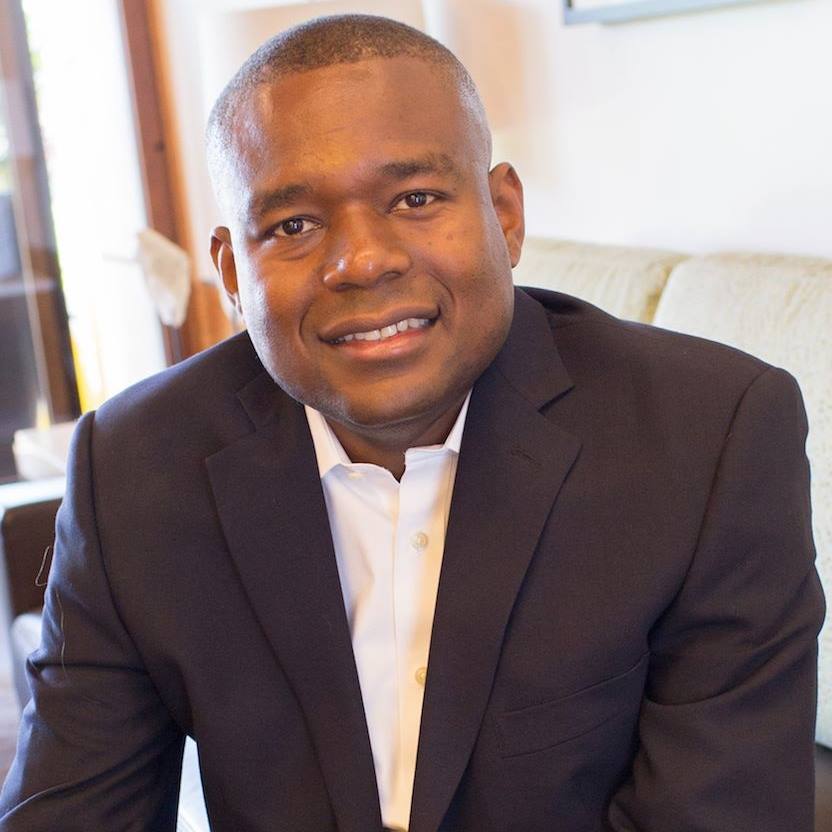Great leaders inspire, motivate, and drive change—but none of that is possible without effective communication. Strong leadership communication fosters trust, engagement, and alignment across teams. However, even the most experienced leaders encounter communication barriers that can create misunderstandings, conflict, and disengagement.
From unclear messaging to cultural differences and emotional barriers, these obstacles can weaken leadership impact. The good news? These challenges can be addressed with intentional strategies.
This blog explores the most common communication barriers leaders face and provides actionable steps to overcome them, ensuring clarity, connection, and influence in every interaction.
Understanding Communication Barriers in Leadership
Leadership communication is about more than just relaying information—it’s about creating shared understanding, inspiring action, and fostering collaboration. Yet, various barriers can hinder this process, leading to misalignment, disengagement, and frustration.
Some barriers stem from external factors, such as organizational silos or cultural differences, while others are internal, like emotional biases or lack of confidence. Regardless of the source, unresolved communication issues can erode trust, slow decision-making, and create tension within teams.
To become a more effective leader, it’s essential to first recognize these barriers before developing strategies to overcome them.
Common Communication Challenges for Leaders
Even skilled leaders struggle with communication challenges. Here are some of the most common obstacles that can disrupt leadership effectiveness:
Lack of Clarity: Unclear or overly complex messages can confuse teams, leading to misinterpretations and inefficiency.
Poor Listening Skills: When leaders focus on responding rather than understanding, they miss valuable insights and create disengagement.
Emotional Interference: Stress, frustration, or personal biases can cloud judgment, leading to reactive or ineffective communication.
Cultural and Generational Differences: Diverse teams bring varied communication styles, requiring leaders to adapt to different perspectives.
Resistance and Conflict: Disagreements, power dynamics, and fear of change can create defensive communication, making collaboration difficult.
Non-Verbal Misalignment: Body language, tone, and facial expressions can contradict verbal messages, reducing credibility and impact.
Addressing these challenges requires self-awareness, adaptability, and a commitment to improving communication skills.
Overcoming Communication Barriers: Actionable Strategies for Leaders
Here are the key strategies to help leaders overcome communication barriers and enhance their impact:
1. Enhancing Clarity and Conciseness:
Effective leadership communication starts with clarity. If your message isn’t clear, it doesn’t matter how well it’s delivered—misunderstandings will still occur.
To enhance clarity, simplify your messaging. Avoid jargon, long-winded explanations, and ambiguous statements. Instead, focus on key points and provide context where needed. A helpful framework is the BLUF (Bottom Line Up Front) approach, where you state the most important takeaway before adding details.
Additionally, encourage team members to summarize their understanding of your message. This helps identify misinterpretations and ensures alignment before moving forward.
2. Developing Active Listening Skills:
Many communication failures stem from poor listening. Leaders often feel pressure to respond quickly, leading to half-heard conversations and assumptions. True leadership, however, involves active listening—fully engaging with the speaker, understanding their perspective, and responding thoughtfully.
To develop active listening:
Maintain eye contact and open body language to show attentiveness.
Avoid interrupting and allow others to finish their thoughts.
Ask clarifying questions to ensure full understanding.
Paraphrase or summarize key points to confirm alignment.
Active listening builds trust, strengthens relationships, and ensures that decisions are based on accurate information rather than assumptions.
3. Managing Emotional Barriers in Communication:
Emotions play a significant role in leadership communication. Stress, frustration, or personal biases can lead to reactive responses that damage relationships. Emotional intelligence (EI) is essential for managing these challenges.
To prevent emotional barriers from affecting communication:
Pause before reacting. If a conversation triggers frustration, take a deep breath before responding.
Acknowledge emotions. If tension arises, address it openly. For example, “I can sense some frustration here—let’s talk about what’s driving it.”
Stay solution-focused. Redirect conversations from blame or negativity toward productive solutions.
Leaders who regulate their emotions create a more open and psychologically safe communication environment.
4. Bridging Cultural and Generational Gaps:
With diverse workforces, leaders must navigate different communication styles influenced by culture, generation, and personal background. What may be perceived as direct in one culture can seem harsh in another. Similarly, younger employees may prefer casual, digital-first communication, while more experienced professionals may value face-to-face discussions.
To bridge these gaps:
Adapt your communication style based on the audience.
Encourage open dialogue about communication preferences.
Build cultural competence by learning about different perspectives.
Promote inclusivity by ensuring all voices are heard in discussions.
By embracing diversity in communication, leaders foster stronger, more cohesive teams.
5. Overcoming Resistance and Difficult Conversations:
Resistance is inevitable in leadership—whether introducing change, addressing poor performance, or navigating conflicts. Many leaders avoid tough conversations, fearing backlash or discomfort. However, avoidance only amplifies issues.
To handle difficult conversations effectively:
Prepare in advance. Outline key points and desired outcomes.
Lead with empathy. Acknowledge the other person’s perspective before presenting your own.
Use “I” statements instead of blame. For example, “I noticed the project deadline was missed—how can we prevent this in the future?”
Stay solution-oriented. Shift the conversation toward actionable next steps rather than dwelling on the problem.
Mastering difficult conversations strengthens leadership credibility and prevents small issues from escalating into major challenges.
Conclusion
Communication barriers are inevitable, but they don’t have to define your leadership effectiveness. By enhancing clarity, practicing active listening, managing emotions, adapting to cultural differences, navigating difficult conversations with confidence, and leveraging non-verbal cues, leaders can foster stronger connections and drive meaningful impact.
Leadership isn’t just about having a vision—it’s about effectively communicating that vision in a way that resonates, inspires, and unites teams. When leaders commit to improving communication, they unlock the full potential of their influence, creating a culture of trust, collaboration, and success.
Now is the time to reflect on your communication strengths and areas for growth. What barrier is currently holding you back? Identify it, apply the strategies outlined here, and watch your leadership impact transform.
FAQs
1. How can I quickly regain control of a conversation that’s going off track?
Politely steer the discussion back by summarizing the key point and refocusing: “That’s an interesting perspective. To stay on track, let’s revisit the main goal of this conversation…” This keeps discussions productive without dismissing input.
2. What should I do if my message isn’t getting through to my team?
Check for clarity by asking, “Can you summarize what you understood from this?” Adjust your approach if needed—simplify the message, use visuals, or reframe it in a way that resonates with your audience’s needs.
3. How can I handle a team member who constantly interrupts or dominates conversations?
Set clear communication norms, and if necessary, intervene with, “I appreciate your input—let’s also hear from others.” If the pattern continues, address it privately by encouraging balanced participation.









